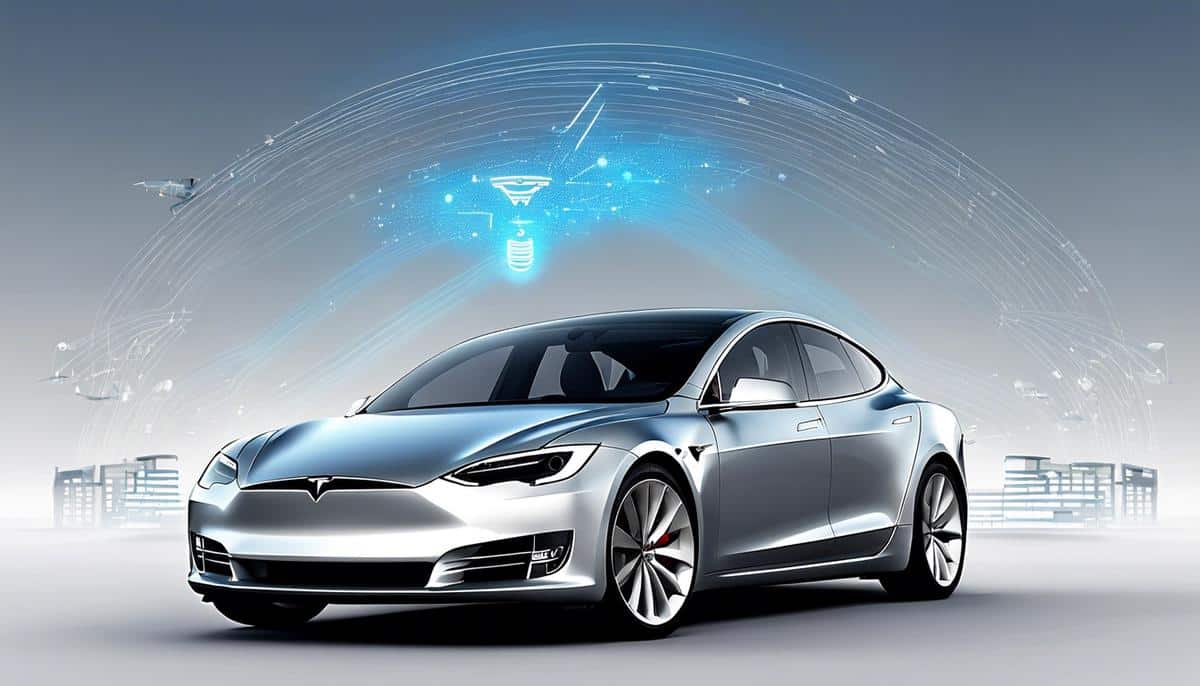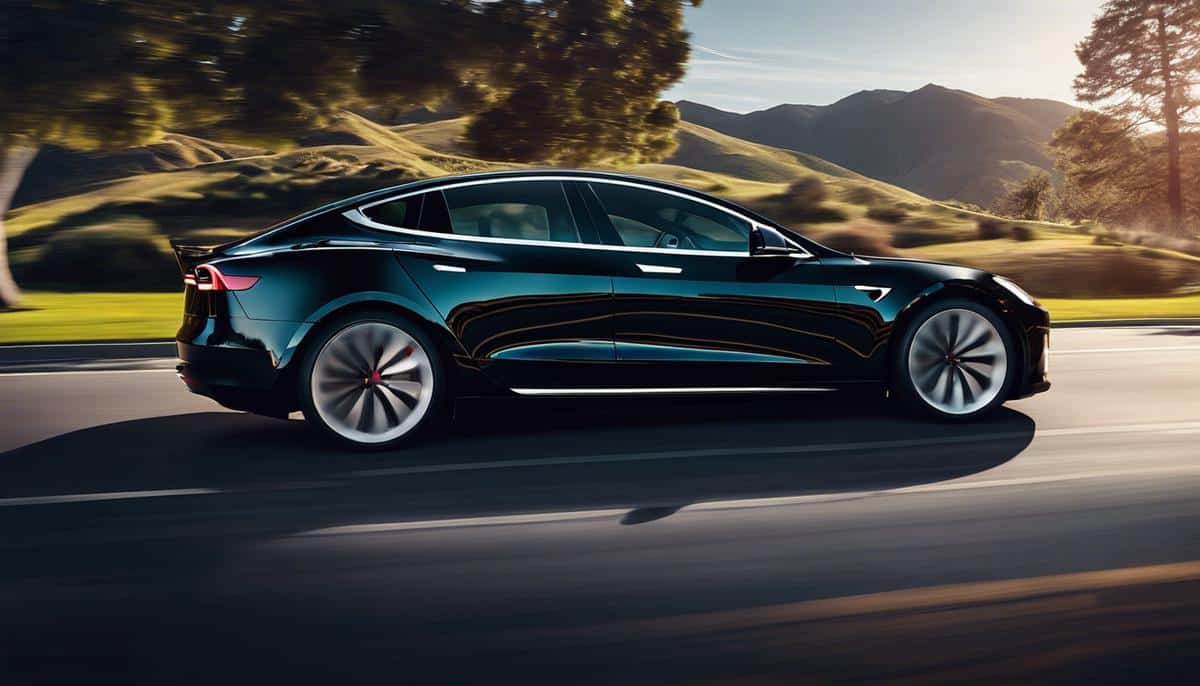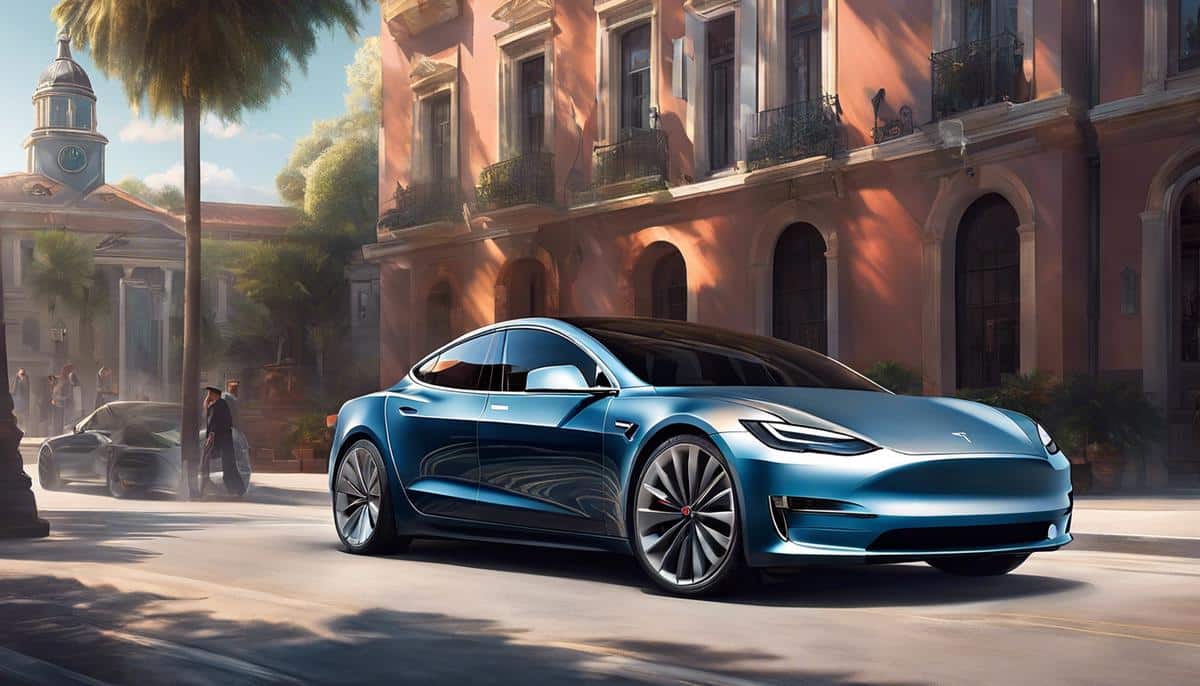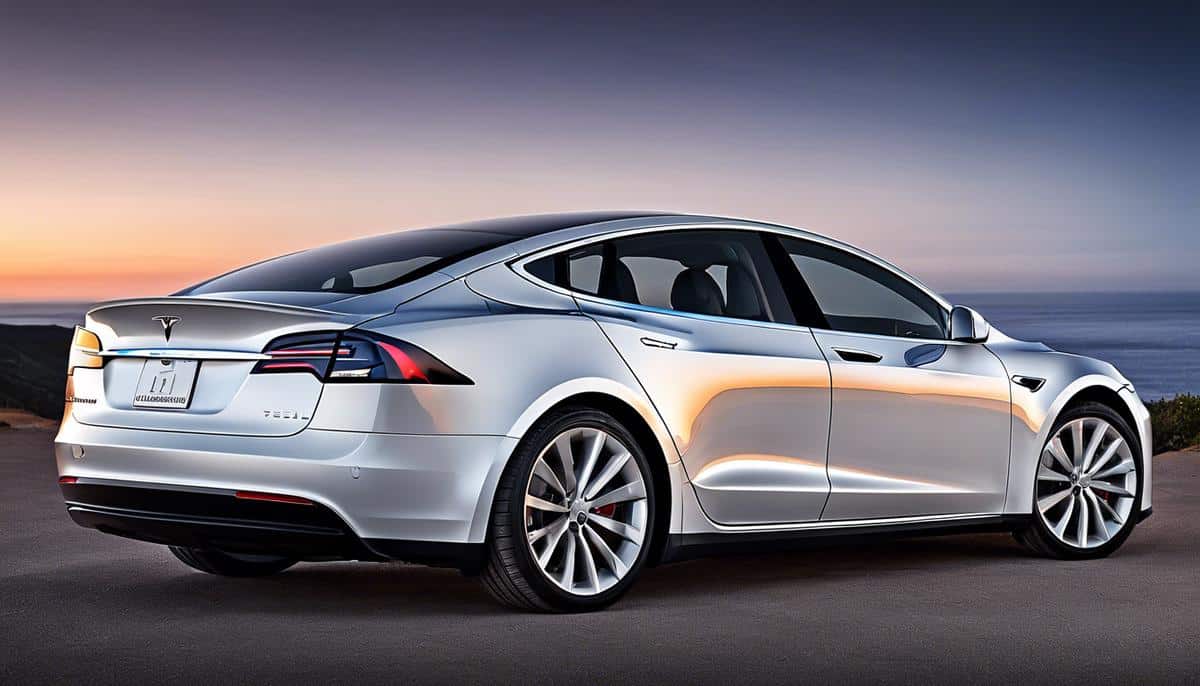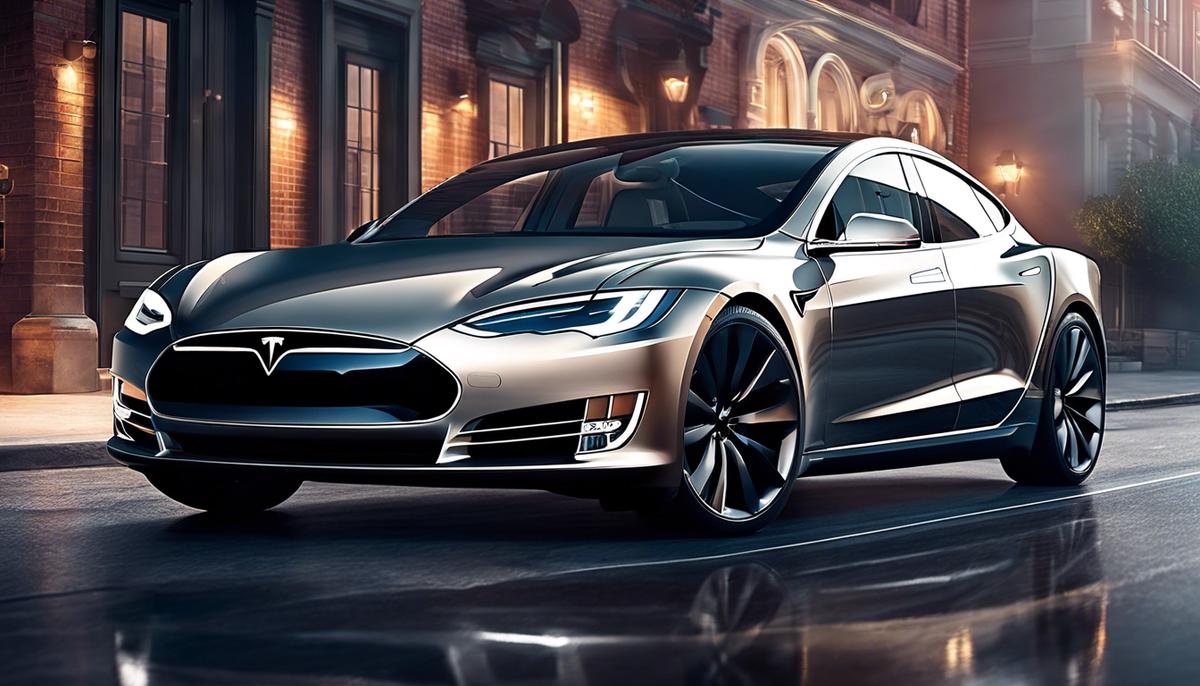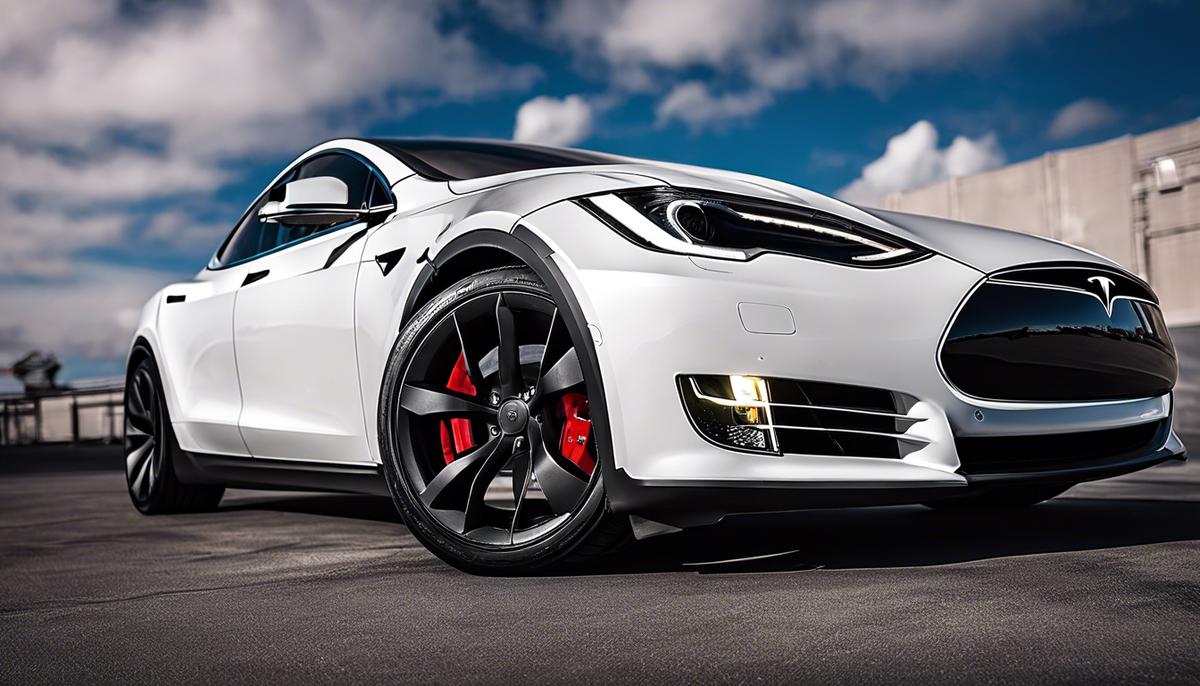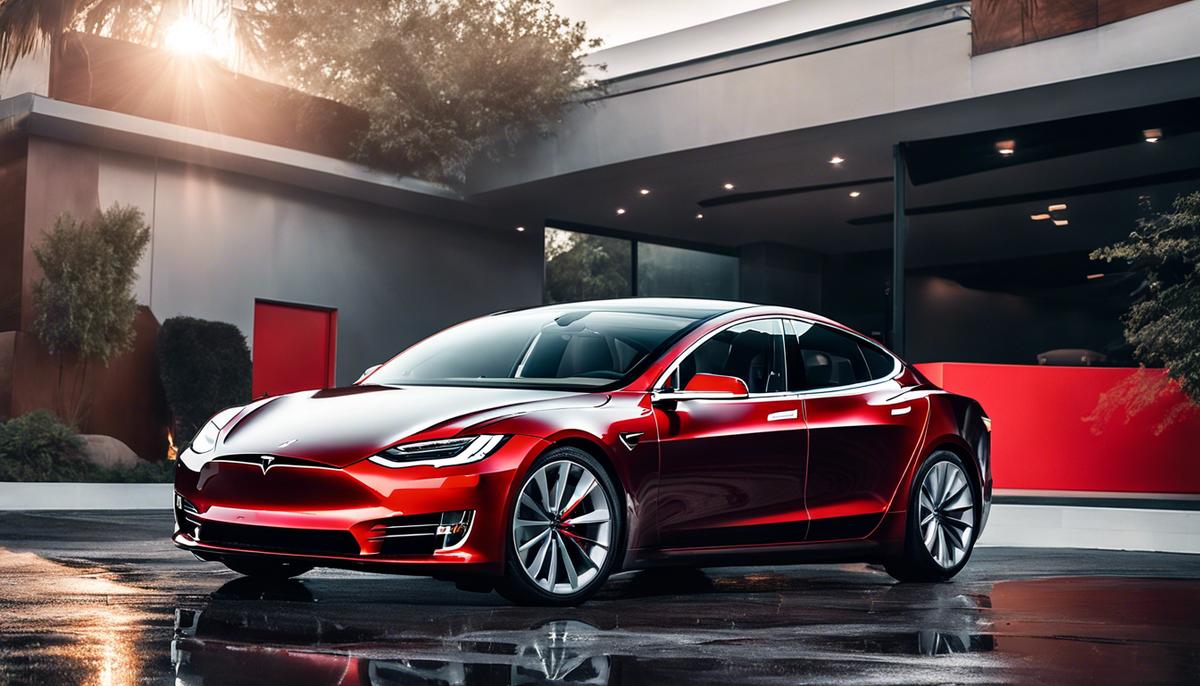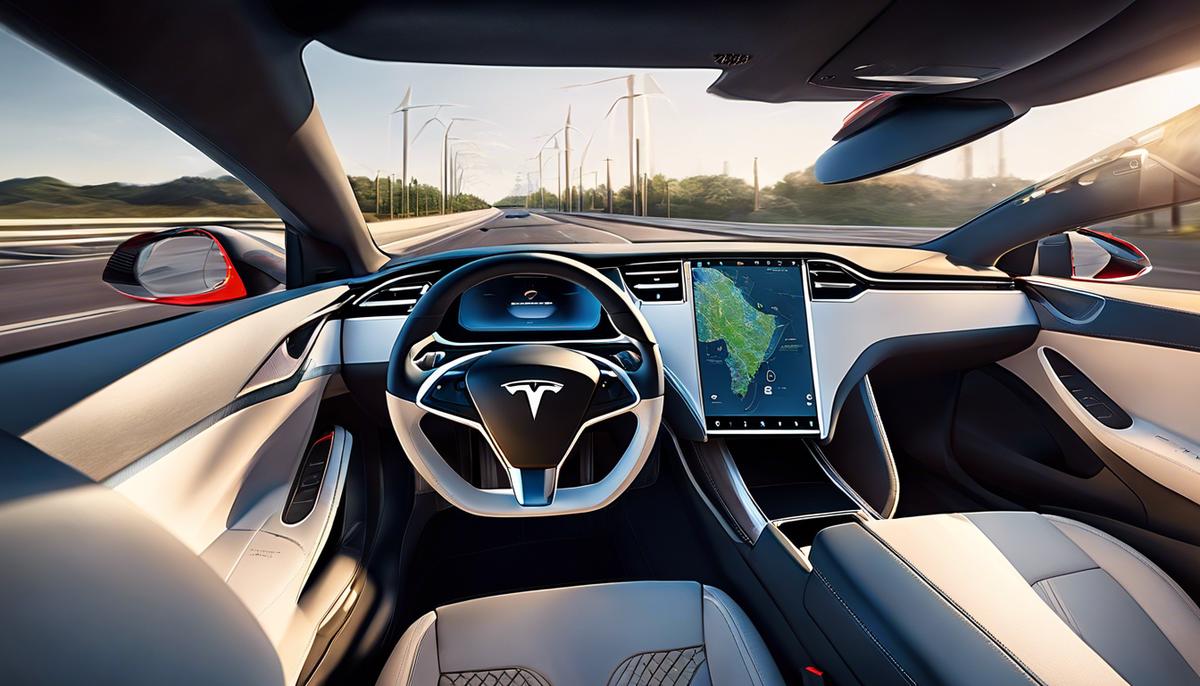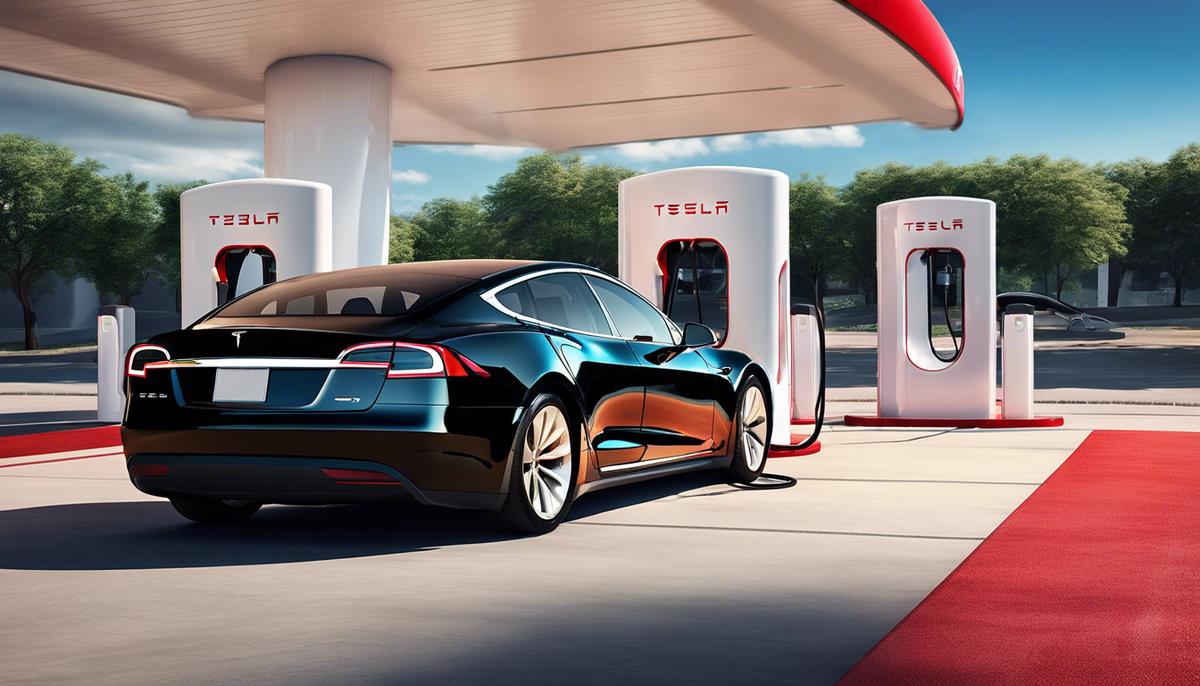Boost Your Tesla’s Range Efficiency: A How-To
As an avant-garde figure in the world of electric vehicles, Tesla is renowned for its exceptional range, premium features, and breakthrough technology. Yet, as a Tesla owner or prospective buyer, understanding what contributes to the vehicle’s remarkable range and how to maximize it is crucial. In this insightful exploration, we delve into the heart of Tesla’s energy consumption including the role of the battery, electric motor and aerodynamics. We also shed light on how alterations in driving habits such as acceleration, speed and use of climate control can significantly boost your Tesla’s range efficiency, and share the most efficient strategies for charging your Tesla, taking into account different factors like temperature and weather conditions.
Understanding Tesla’s energy consumption
Harnessing Energy Efficiency: How a Tesla’s Energy Consumption Impacts Its Range
Ever wondered about what sets a Tesla vehicle apart from the traditional family car in your garage? Well, other than their sleek aesthetics, cutting-edge technology, and respresentation as a beacon of automotive innovation, Tesla’s impressively high energy efficiency is a significant factor. It’s intriguing to explore how a Tesla’s energy consumption affects its range, and how this can equate to reduced ‘fueling’ costs and eco-friendly trips to the soccer games, family picnics, or even on road vacations!
Boldly taking center stage in the electric vehicle industry, Tesla encompasses astonishing feats of engineering, with a primary one being energy efficiency. Unlike conventional gas-guzzling cars, Tesla vehicles are electric and work differently. They tap into the power of electricity, turning it into kinetic energy to get you from point A to B—eliminating trips to the gas station completely.
Tesla’s pristine efficiency starts from the very heart of the vehicle — the powertrain. A combination of the electric motor, power electronics, and the battery pack, this holy trinity of engineering works seamlessly to convert electrical energy into mechanical force. With fewer moving parts than in traditional internal combustion engine vehicles, a Tesla typically delivers an efficiency rate of around 90%. In contrast, ordinary cars, with all their pistons and gears, only manage around 30%. This difference is crucial in understanding the impact of a Tesla’s energy consumption on its range.
It’s worth noting, the greater a vehicle’s energy efficiency, the more distance it can cover on the same quantity of energy. In simpler terms, if two vehicles consume the same amount of energy, the more efficient one will have a longer range as it can make better use of that energy.
For a Tesla, the quantity of energy is measured in kilowatt-hours (kWh). In practical terms, a Tesla Model 3 Long Range is rated at about 4.15 miles per kWh. This means that for each unit of electricity the vehicle consumes, it can travel 4.15 miles. Considering that the average American household pays roughly 13 cents per kWh for electricity, the cost per mile for a Tesla is dramatically lower when compared to gasoline vehicles.
Yet, it’s important to bear in mind that real-world factors can influence a car’s energy consumption and subsequently its range. For instance, how fast a car is driven, temperature, weather conditions, the weight carried in the car, and the age and condition of the battery can all have an impact. The good news is Tesla has anticipated these factors—providing comprehensive energy-saving features to mitigate these real-world conditions.
The legendary ‘Range Mode’, for instance, is designed to conserve energy by limiting the power of the climate control system and distributing torque between the motors (for dual motor vehicles) to amplify efficiency. Similarly, regenerative braking allows Tesla cars to convert kinetic energy back into electrical energy when slowing down, reducing energy loss and increasing range.
Finally, it’s all about being a smart driver. Just like driving efficiently in a traditional vehicle, the same principles apply to manage a Tesla’s energy consumption to get the most significant range. Gentle acceleration, maintaining a steady speed, and avoiding heavy braking where possible can notably extend a Tesla’s range.
So there you have it. It’s all about energy efficiency with Tesla. It’s no doubt that driving a Tesla isn’t just about the joy and smoothness of the ride, but also the satisfaction of being part of the greener, cleaner future of transportation. It’s a brand that lets the world know you’re all about embracing innovation for the sake of our earth, and that’s certainly a strong value to pass onto our future generations.

Optimizing Tesla Driving habits
Elevating Tesla’s Range Efficiency: Behaviors that Make a Difference
Harnessing the incredible potential of Tesla’s expressly engineered energy-saving features could never be more straightforward – it truly begins with the driver. As you’ve likely learned through various experiences, whether our kids’ afternoon food fight or our spouse’s playful shenanigans, circumstance is often a fraction of the puzzle. As Tesla-enthusiasts, our role goes beyond merely driving; we must also adapt our behaviors mindful of both our vehicle’s capabilities and the environmental context. With these ideas being the heartbeat of Tesla’s philosophy, it’s time for us, the drivers, to make notable changes in our driving manner.
Firstly, let’s talk about slowing down, both on the road and in life. Although speed may provide a much-needed thrill or an answer to punctuality, it can largely impact your electric vehicle’s energy consumption. Easing your foot off the accelerator is an easy way to increase your Tesla’s range significantly. By maintaining a moderate speed, you allow your vehicle to use energy more uniformly, thus extending the driving range. So, enjoy the scenery and savor the journey – your Tesla will thank you!
Next, shake off the chill and embrace warmth. Temperature significantly impacts range, with colder climates posting a battery challenge for virtually every electric vehicle. However, there’s plenty within our control here. Priming your Tesla while it is still plugged in can minimize energy-drain caused by cabin heating. By scheduling your departure in the Tesla app and allowing your vehicle to precondition, you also ward off any potential snow or ice build-up. Remember, preparation is vital, just as you swap sundresses for sweaters when autumn rolls around.
Here’s another fun fact: the weight – just as it impacts us humans – affects a Tesla’s range too. Did you know that unnecessary weight in the trunk can reduce your vehicle’s energy efficiency? Clear out any unnecessary items – the forgotten camping gear or those toys your kiddos left behind – to keep the weight minimal. It’s not just a benefit for range but also an excuse for a good old spring cleaning!
Let’s also discuss Tesla’s brilliant regenerative braking feature, a golden opportunity to replenish your vehicle’s battery life. When you lift your foot off the accelerator – without applying the brakes – the vehicle slows down and its motor works as a generator to recharge the battery. Therefore, allocating more time for coasting and less for braking allows you to augment efficiency by giving back to that battery life. Just like a little give-and-take makes our relationships healthier, the same holds true for you and your Tesla!
Last side, though it may seem trivial, planning your trip can have quite an impact on range. Use Tesla’s built-in trip planner, which can suggest the most energy-efficient route, including Supercharger stops if required. As parents, planning has become second nature, so apply that skill to the road and maximize your range.
To summarize, while we rightly rave about Tesla’s cutting-edge architecture and engineering, our behavior as drivers plays an equally vital role in maximizing energy efficiency. Through minor, manageable adjustments to our driving habits, we as Tesla drivers can experience the full potential of our innovative electric vehicles while contributing to a more sustainable future. Love thy Tesla, love thy environment – a win-win, right?

Implementing Charging strategies
Now that we’ve covered a few basics in driving efficiency and Tesla’s unique energy-saving features, let’s dive a bit deeper into charging strategies that can truly optimize your Tesla’s range.
- Adopt a Daily Charging Routine: Tesla does a commendable job at maintaining its battery health. A good practice for Tesla owners is to top off their battery every day instead of waiting until it’s near empty. This not only ensures you’re always ready for a longer trip, but also keeps the battery in a healthy state of charge, thereby extending its life and efficiency.
- Use Scheduled Charging: It’s no secret that charging your Tesla during off-peak hours can save you money. But did you know that it can also contribute to better battery longevity? With Tesla’s Scheduled Charging feature, you can program your vehicle to charge during these low-rate periods. This helps balance electrical grid demand and could result in lower electricity rates from your utility company too!
- Supercharging Strategically: Superchargers are fantastic when you need a speedy top-up, but constant use can negatively impact battery health over time. Reserve Supercharging to those instances when you really need a quick boost and ensure your vehicle is at a warmer temperature to maximize the charging speed.
- Limit Charging to 80- 90%: It might be tempting to push your Tesla to full charge, but it’s advisable to keep daily charging topped at around 80-90%. This can be set in your Tesla’s charging settings. The limit helps to reduce strain on the battery, prolonging its life, and maintaining optimum driving range. For long trips, a full charge is completely acceptable, as long as it’s not your everyday practice.
- Opt for AC Charging: Whenever possible, consider using an alternating current (AC) source to charge your vehicle. Your home Level 2 charger is a perfect example of an AC charger. AC charging is not only kinder to your battery, it can also contribute to better power conversion efficiency.
- Battery Pre-conditioning: This nifty feature in your Tesla can prepare your battery for charging. Pre-conditioning warms up the battery to an optimal temperature before charging, allowing for faster charging rates and better energy intake. Keep in mind to be connected to a charger while preconditioning as the process itself utilizes quite a chunk of energy.
- Keeping Your Tesla Plugged In: When not in use, keep your Tesla plugged in. This advice, directly from Tesla’s owner manual, keeps the battery pack active and in a healthy state, especially during colder weather.
Remember, adopting these strategies can certainly contribute to improved range efficiency, battery life, and an overall outstanding user experience. But they’re not hard and fast rules! Find the right sweet spot that would suit your Tesla lifestyle best. Happy charging!

By implementing slight modifications to your driving habits and adopting smart charging strategies, you can drastically improve your Tesla’s efficiency. The power to increase your vehicle’s range, reduce charging times, and enhance battery life lies in your hands. As we continue to strive for a more sustainable future with electric vehicles at the forefront, this knowledge will empower Tesla owners to achieve better efficiency, making their journey smoother, comfortable,and more eco-friendly. Let this guide serve as your roadmap to unlocking your Tesla’s full efficiency potential, encouraging an enjoyable and optimized driving experience.


